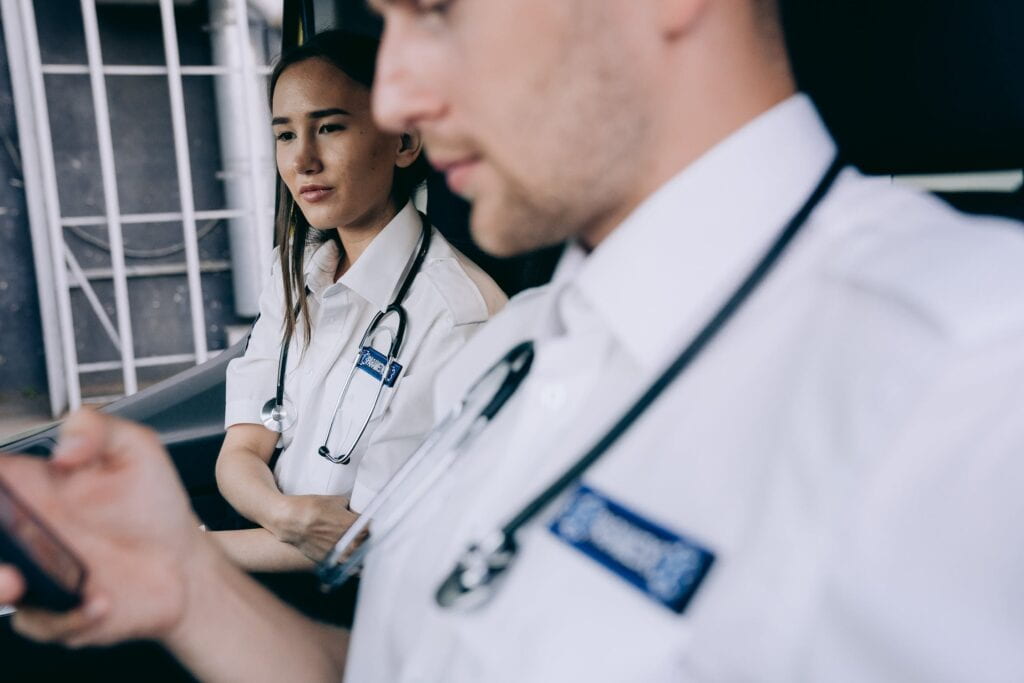Mitigation aims to alleviate the long-term consequences and impacts of a disaster event. Julia Winer highlights the importance of community resilience when lessening the risks involved in a disaster. Community-based disaster risk reduction (CBDRR) and Community-based disaster management (CBDM) are two approaches that reduce disaster risks through community participation. The approaches encourage the citizens to advocate for their own preparedness as a way to decrease dependency on external aid and resources. The main goals of CBDRR and CBDM are to reduce vulnerabilities within the community by empowering people and local institutions, reduce the impact of structures that increase inequality and underdevelopment, and preserve infrastructure, the environment, and other resources. As an example of this, Julia encourages individual measures that prevent the environmental impacts of climate change by encouraging citizens to do their part.
Click here to read the student’s full exemplar.





